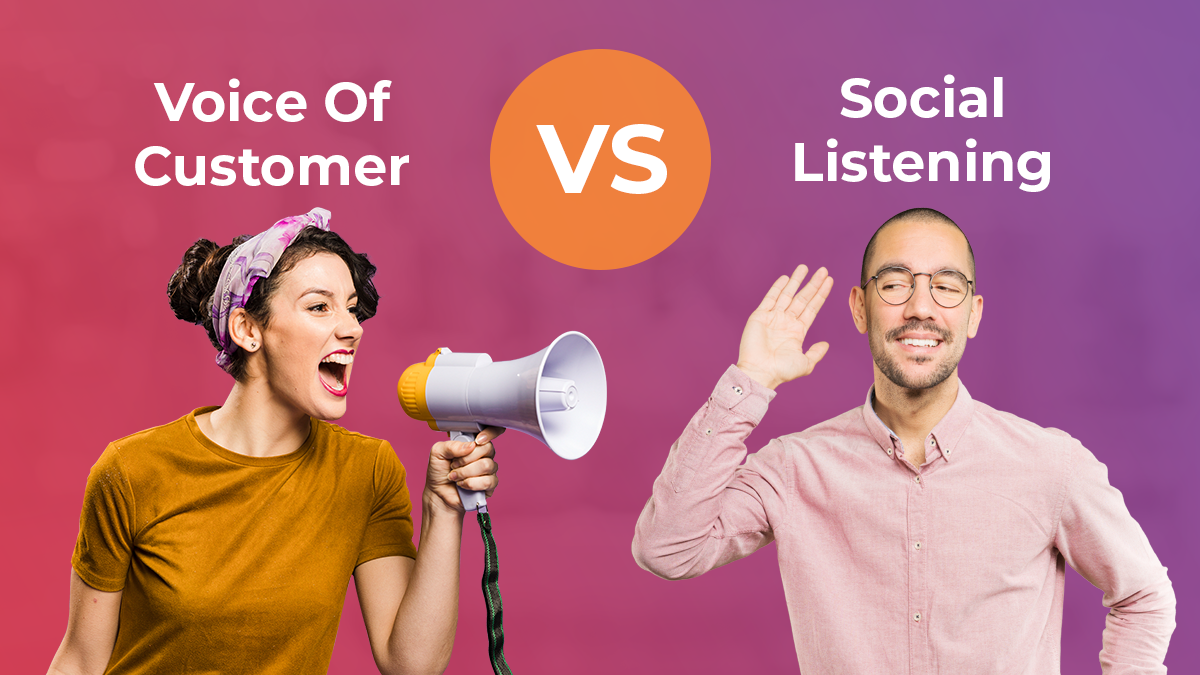
Comparing Voice Of Customer vs Social Listening
We’ve been asked a lot how does Revuze or other Voice of the Customer (Or Customer Experience) solutions different from Social Media Listening solutions. Hopefully this post will set things right.
What is the difference between Social Listening and Voice of the customer?
At their core both Voice of the Customer and Social Media Listening solutions transform unstructured data into quantifiable insights – so business stakeholders can understand customers at scale.
Unstructured data are customer feedback forms that don’t have a set pattern. Unlike an address or phone number, unstructured forms of feedback could be answers to open ended survey questions, online reviews, social media responses, calls into a customer service center etc.
Understanding unstructured data is critical to brands, as due to several different drivers, unstructured customer opinions are growing at a scary pace. In face per IDG it is growing at a rate of 62% per year and IDG predicts that by 2022, 93% of all data will be unstructured.
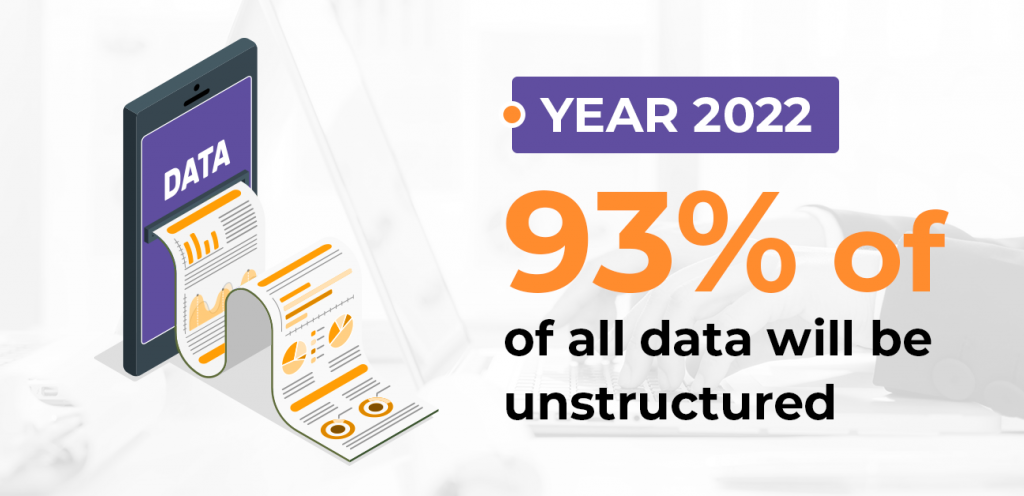
What is Social Listening?
Social Media Listening at its core is about real time monitoring/response and influencer analysis for social media platforms.
With so many social media channels and so much interaction on them, there are masses of data on social media.
Brands are always concerned that something that they do will be perceived as negative (or positive, but the negative is the most concerning part) and will cause an online riot against the brand, hurting its reputation and eventually its sales.
For this the core requirements from Social Media Listening are:
- Access to all relevant social media platforms
- Real time listening and alerting (Is there a hype cycle?)
- Social Sentiment analysis (Is the hype cycle good/bad?)
- Brand perception (While we listen, lets develop an understanding of what is said around our brand)
- Influencer identification (Who is more influential within my customers and followers)
Why is the Voice of the customer (VOC) important for brands?
Voice of the Customer answers a different need. With so many customer feedback channels and the growth of unstructured data, there is a huge opportunity today for brands to understand their customers and markets at scale and respond quickly to product, service or purchasing issues.
The old world of customer experience was relying on manual research that was slow and not always wide enough, and brands used to take months if not years to recover from mistakes. A failed product launch could literally continue to fail for 6 months till the brand figured parts of it out.
These days brands have more feedback that they can handle, so no shortage of data, but the old methods don’t scale to the data amounts.
For this the core requirements from a Voice of the Customer solution are:
- Be able to analyze a wide range of unstructured data sources (surveys, calls, reviews, etc)
- Granular topic analysis (What is said about our products/services?)
- Near real time analysis (How quickly can we know and fix?)
- Sentiment analysis (What customers like and what they don’t like?)
- Emerging trends (New likes/dislikes, new competitors, new features?)
- Brand perception (While we listen, lets develop an understanding of what is said around our brand)
For a deeper perspective on what makes such solutions more actionable, see a recent post titled The 3 capabilities of an actionable CX analytics solution.
What’s the difference between VOC and Social Listening?
As you can see there is some overlap. For both we want:
- Analyze unstructured data, social media included
- Real time or near real time
- Sentiment analysis
- Brand perception
But while Social Media Listening is focused on one type of source for the data and on understanding the “big picture” for the brand in real time, Voice of the Customer is about granular understanding at the product/location/service level, not necessarily in real time and with Social Media ideally included as a data source.
VOC V.S Social Listening Comparison Table
| Capability | Voice of the Customer / CX | Social Media Listening |
| Purpose | Deliver actionable product/service level insights via automated analysis of consumer opinions | Real time monitoring/response and influencer analysis for social media |
| Data sources | Any – Online reviews, surveys, call center transcripts, chats, social media… | Social media channels |
| Analysis level | Brand and product/SKU level | Brand level |
| Granularity / accuracy | High (Ideally industry/brand/geography specific) | Low-mid (Generic text analysis model) |
| Audience | Wide range of business users | Professionals |
| Typical audience titles | Product, Strategy, Marketing, Customer Service, QA, eCommerce, Insights | Marketing |
| Real time alerting | No | Yes |
Conclusion
Social Media Listening and Voice of the Customer solutions are overlapping but not competing. You need both to cover your bases. Social Media Listening will give you the real time hype detection and response ability, while Voice of the Customer solutions will give you the long-term edge of winning your market with better product, service or purchase experiences.
While there is some confusing overlap in capabilities of the two, they are not geared for the same purpose and thus investing in one of the two would not be something we’d recommend.
The good news is that the data now exist for the brands to leverage it and play for the long term, all they need to do is pick up the data and analyze it, with the right solutions.
Revuze is an innovative software vendor that addresses just this with the first self-training, low touch Voice of the Customer solution that can mine customer data automatically and serve back insights. Contact us to find out more about Revuze.
 All
Articles
All
Articles Email
Analytics
Email
Analytics




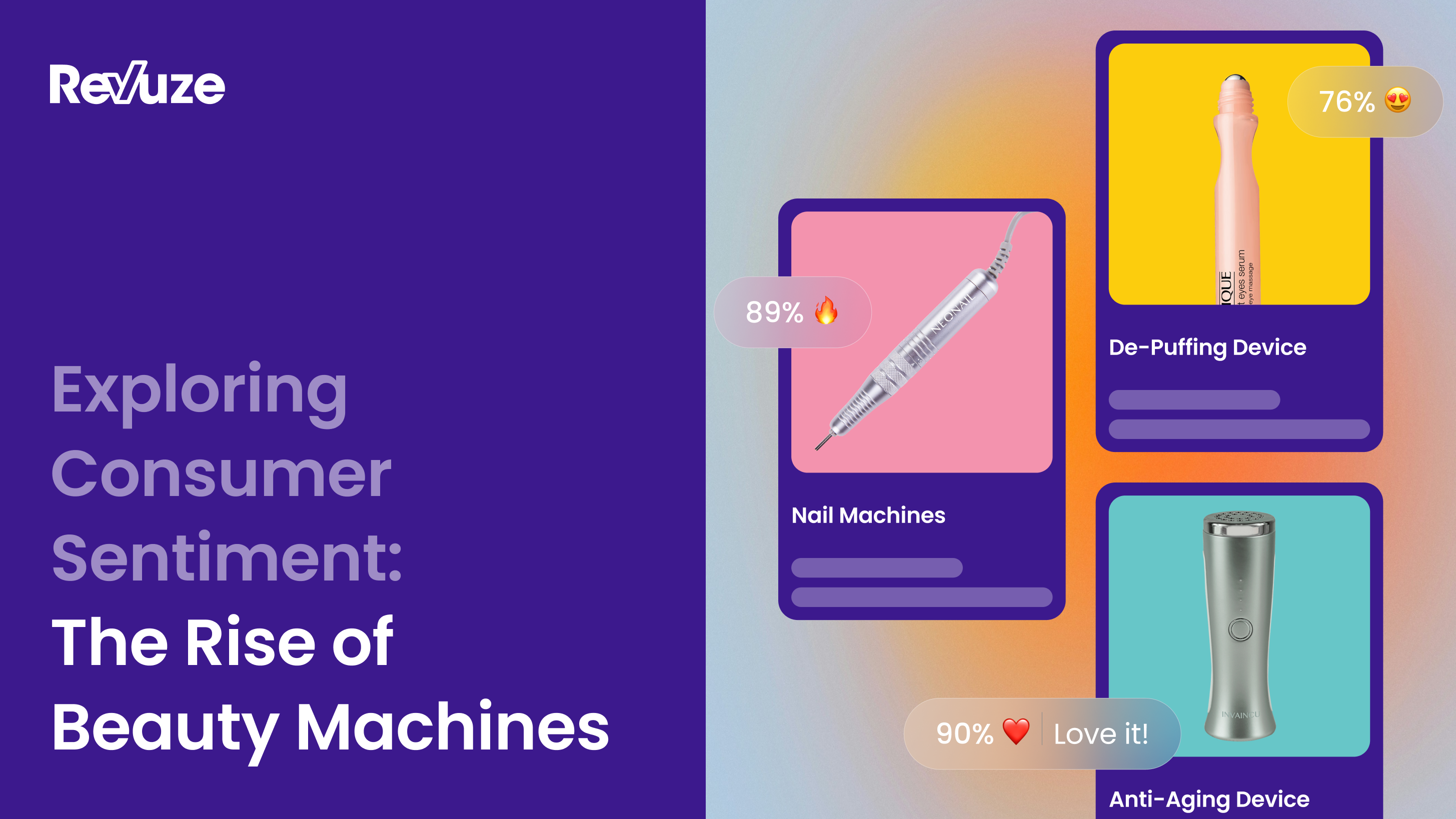

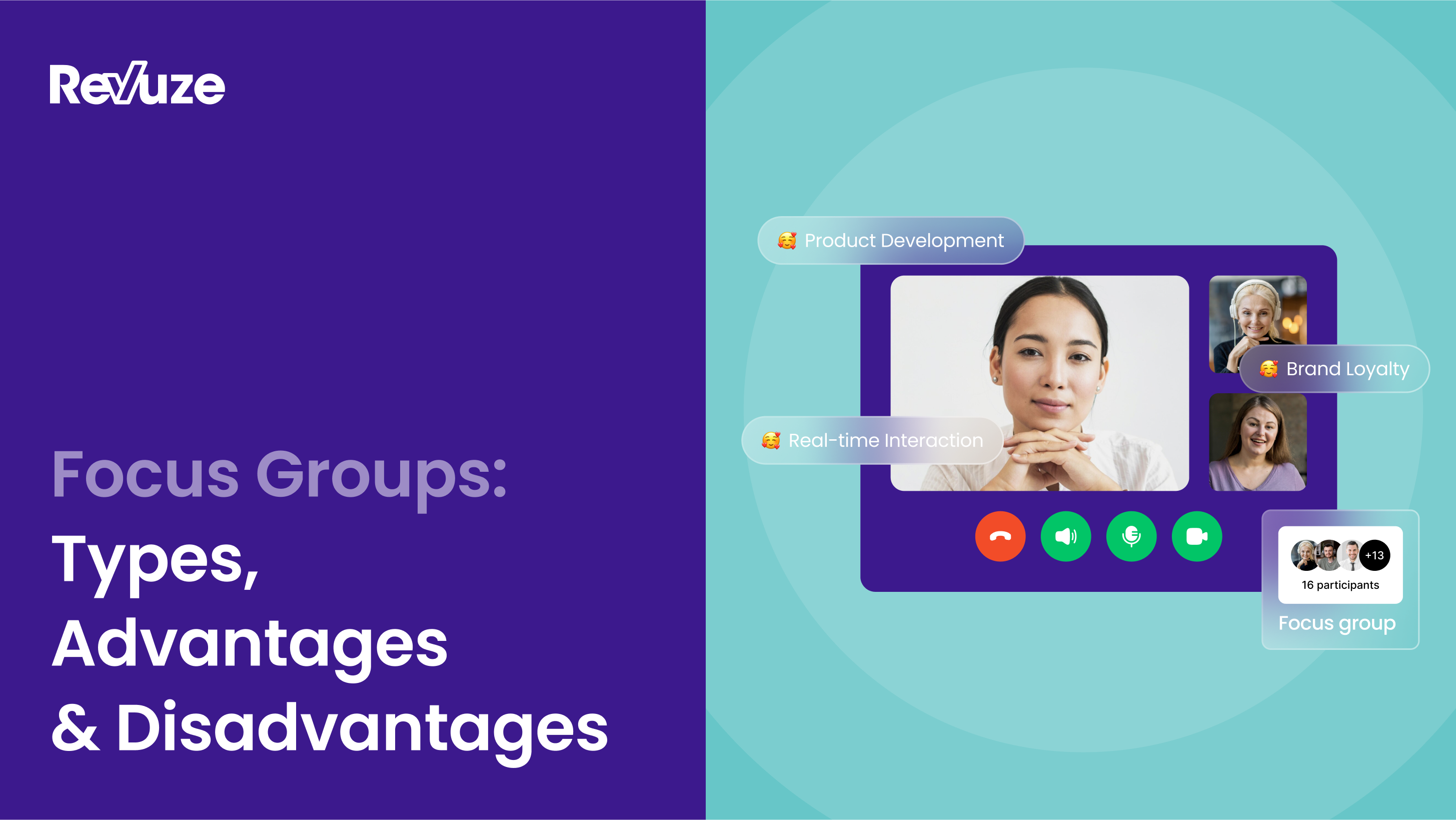
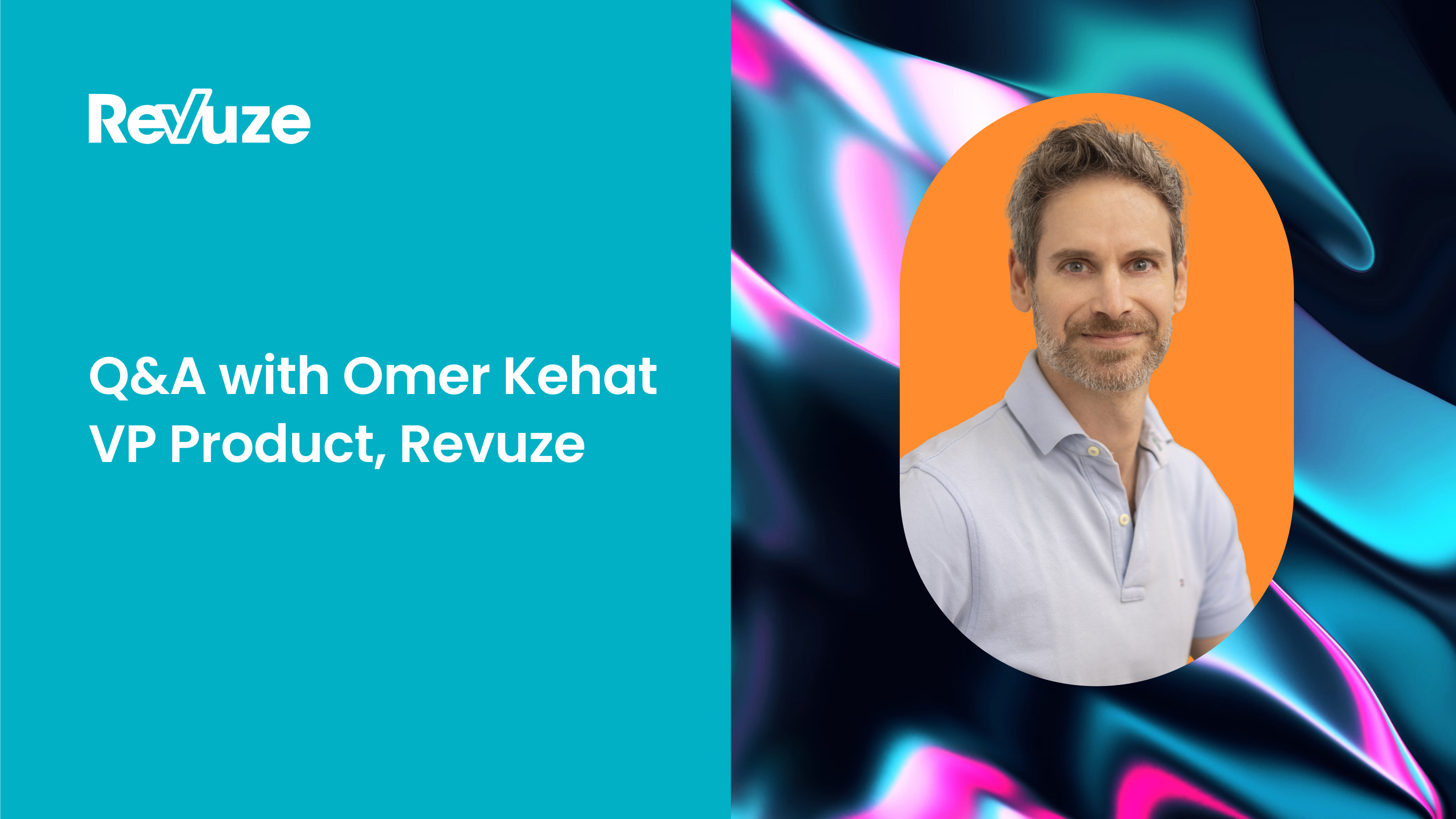
 Agencies
Insights
Agencies
Insights